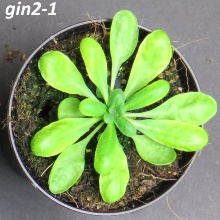Plant cells are characterized by a high degree of compartmentalization and a diverse proteome and metabolome. Only a very limited number of studies has addressed combined subcellular proteomics and metabolomics which strongly limits biochemical and physiological interpretation of large‐scale omics data. Our study presents a methodological combination of non‐aqueous fractionation, shotgun proteomics, enzyme activities and metabolomics to reveal subcellular diurnal dynamics of plant metabolism. Subcellular marker protein sets were identified and enzymatically validated to resolve metabolism in a 4‐compartment model comprising chloroplasts, cytosol, vacuole and mitochondria. These marker sets are now available for future studies which aim to monitor subcellular metabolome and proteome dynamics. Comparing subcellular dynamics in wild type plants and HXK1‐deficient gin2‐1 mutants revealed a strong impact of HXK1 activity on metabolome dynamics in multiple compartments. Glucose accumulation in the cytosol of gin2‐1 was accompanied by diminished vacuolar glucose levels. Subcellular dynamics of pyruvate, succinate and fumarate amount was significantly affected in gin2‐1 which coincided with differential mitochondrial proteome dynamics. Lowered mitochondrial glycine and serine amount in gin2‐1 together with reduced abundance of photorespiratory proteins indicated an effect of the gin2‐1 mutation on photorespiratory capacity. Our findings highlight the necessity to resolve plant metabolism to a subcellular level in order to provide a causal relationship between metabolites, proteins and metabolic pathway regulation.
| Kontakt | https://doi.org/10.1111/tpj.14472 |
|---|


